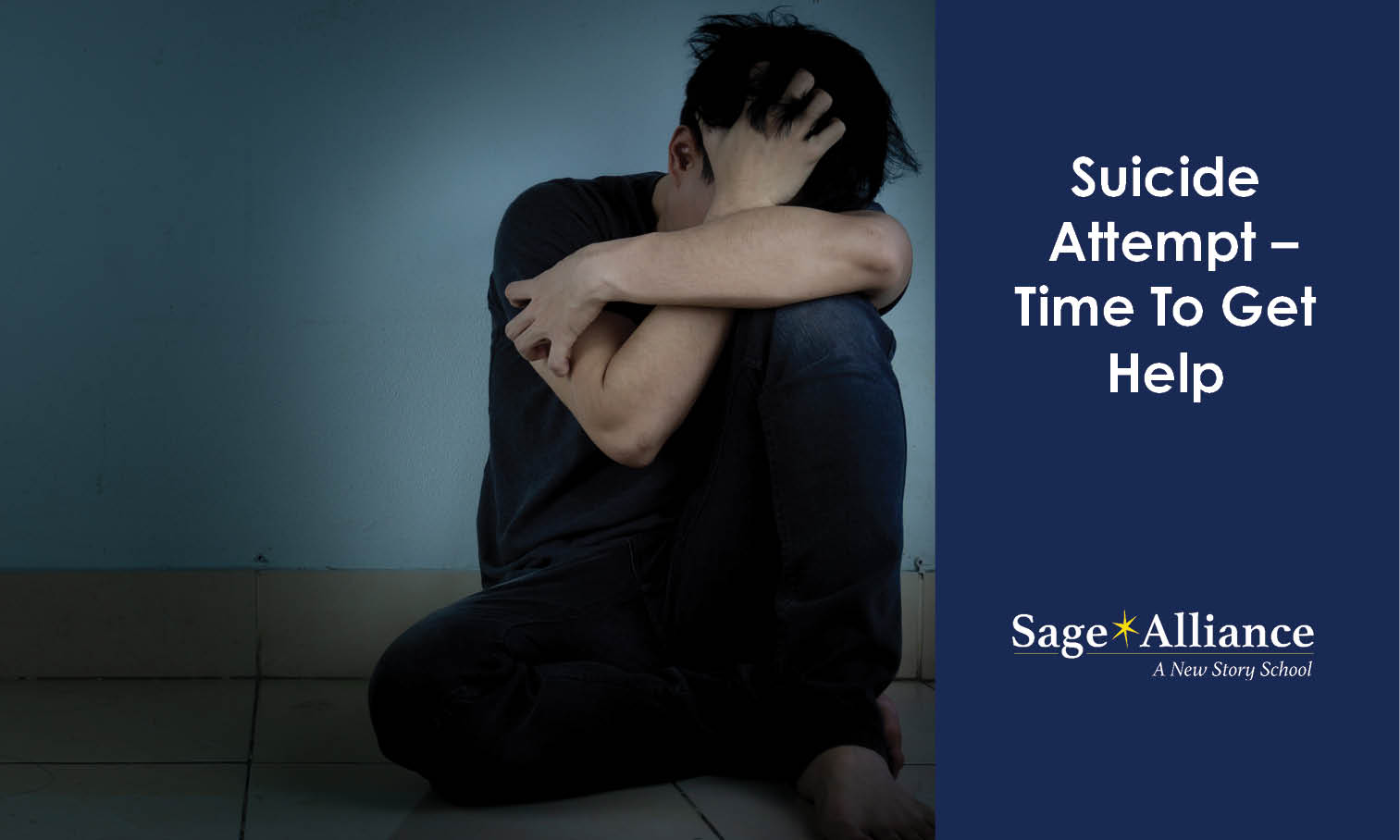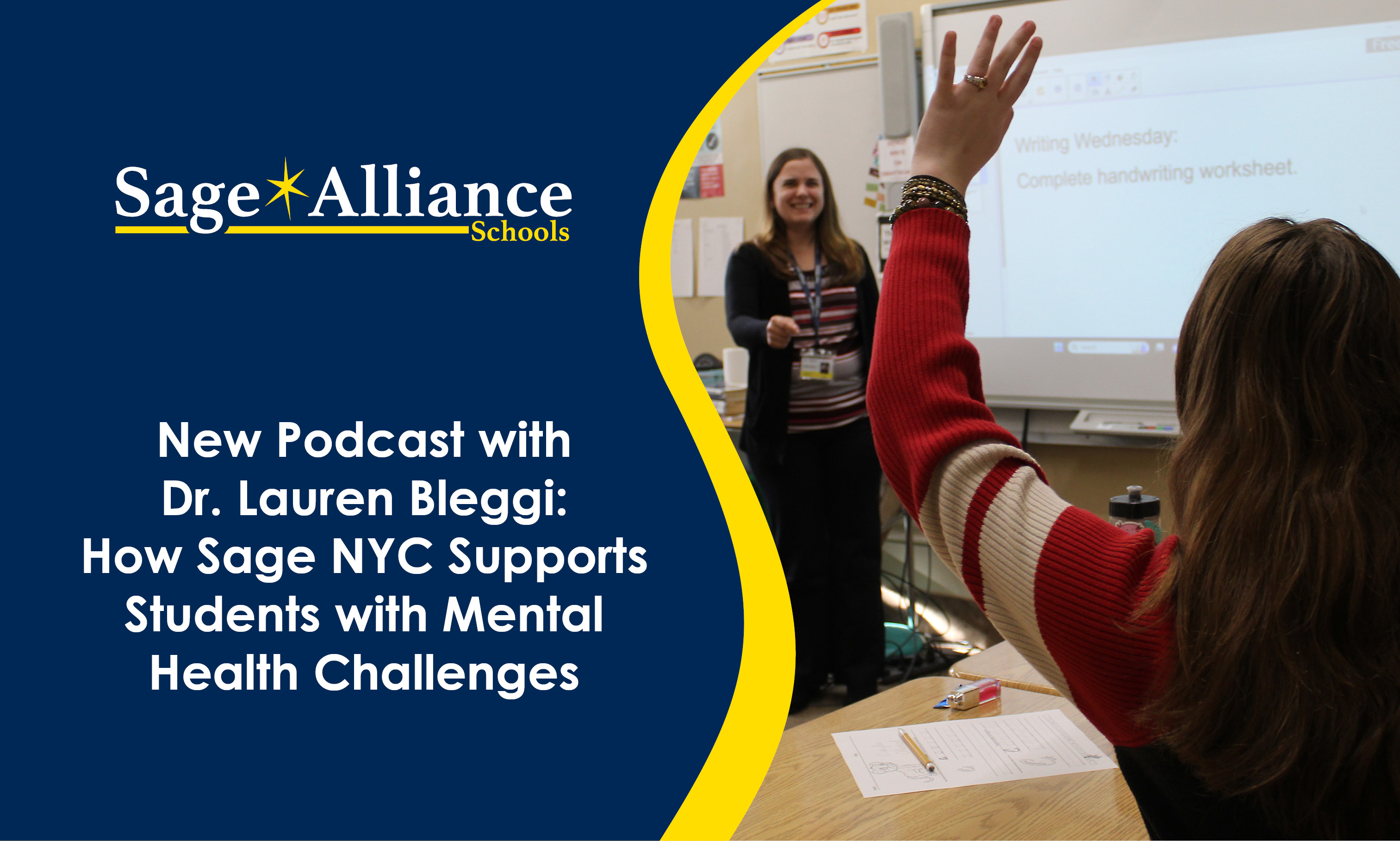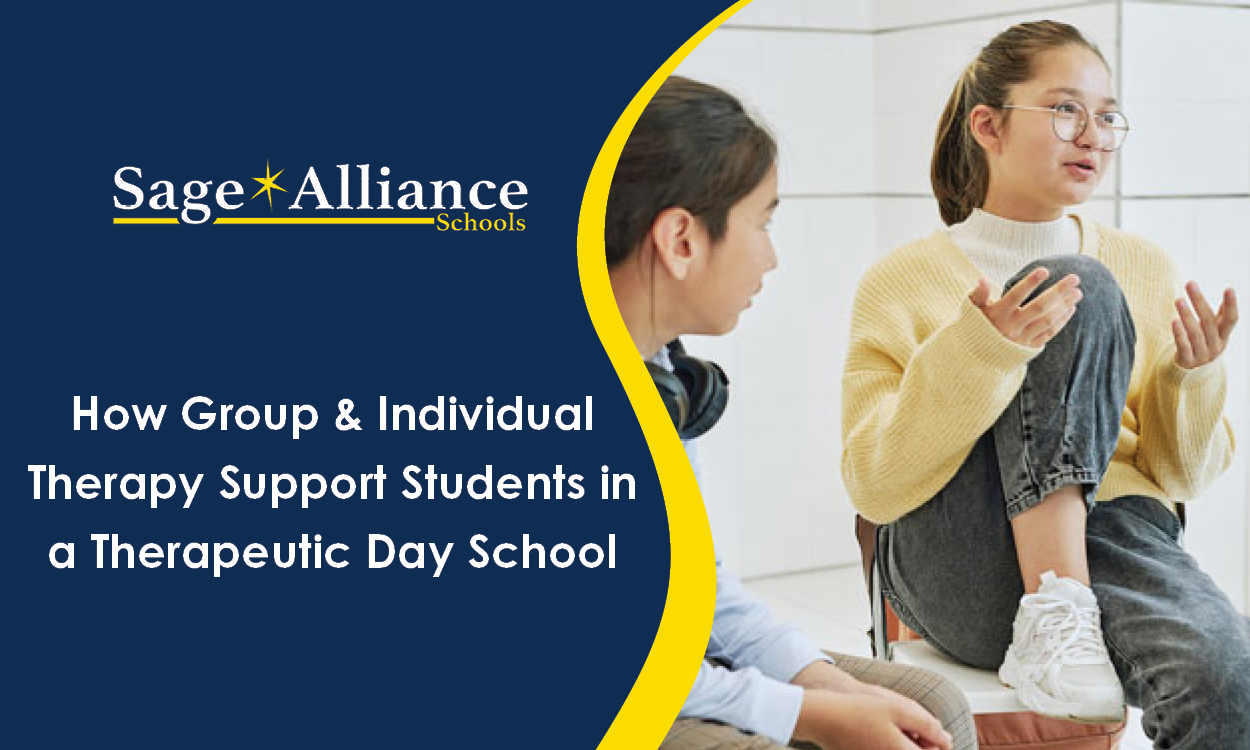Suicide Attempt – Time To Get Help
Posted: November 03, 2017 | Written By: John Reilly | Category: Emotional Health

By Executive Director, John Reilly, MSW, LCSW, PsyA.
The possibility of a child’s suicide is one of the most frightening worries for a parent, and rightfully so. Suicide is one of the leading causes of death among adolescents, ranking only behind accidents/unintentional injury (Minino, 2010). There is widespread and very public support for families and children who suffer from cancer or other life threatening illnesses, as evidenced by posts on social media, Gofundme campaigns and larger campaigns by widely recognized organizations. This type of open, communal support is nearly non-existent for families who have experienced a suicide, a suicide attempt, or even evidence of other mental health issues. Yet, the incidence of suicide and lives forever altered by emotional problems far outpace the incidence of cancer and other diseases. There are approximately 5,900 completed suicides per year for Americans aged 10-24, (nimh-nih.gov 2015). It is imperative that we take action to reduce this number by preventing future suicides. A good place to start is to increase our awareness of the predictors of suicidal behavior and make sure that we are applying interventions that will truly help.
A 2011 study published in The American Journal of Psychiatry (Wilkinson, et. al, 2011) found that a prior suicide attempt, nonsuicidal self-injury and poor family function were each independent predictors of a subsequent suicide attempt. Suicidal ideation (thinking about suicide) is also a predictor. The presence of suicidal ideation does not mean that the person will kill themselves. However, a high frequency of suicide ideation and prolonged thinking about suicide have been found to be strong predictors of a completed suicide (Miranda, et. al 2014). Thus, suicidal thinking is an indicator of a serious emotional issue that if left unaddressed could lead to, at worst, a completed suicide, at best, a potentially serious impairment in functioning that will last into adulthood.
Perhaps the most alarming cohort of people who complete suicides are those who do so without any prior attempt or overt warning. There are however some common factors that are associated with increased suicide risk. These include:
-
Severe depression, anxiety, or a psychotic episode
-
Loss, e.g., death of loved one, loss of job, divorce, breakup of a relationship
-
Loss of social support, e.g., due to relocation
-
A significant illness or medication that triggers a change in mood
-
Exposure to the suicidal behavior of others, including peers or a celebrity (Skerritt, 2012)
Common behaviors exhibited prior to a suicide attempt include:
-
Increased use of alcohol or drugs
-
Looking for a way to kill oneself, e.g., through online searches
-
Recklessness
-
Withdrawal from activities
-
Isolation from family and friends
-
Sleeping too much or too little
-
Making unusual visits or calls to people to say goodbye
-
Giving away prized possessions
-
Aggression (American Foundation for Suicide Prevention)
According to the Jason Foundation, (2017) “Each day, in our nation there are an average of over 3,470 attempts by young people in grades 9-12. If these percentages are additionally applied to students in grades 7 and 8, the numbers would be higher.” The details about the methods and severity are more difficult to track but the presence of this many suicide attempts is enough evidence that a significant number of children have a degree of emotional distress that puts them at risk for another attempt. This is the time for serious intervention.
Although children attempting suicide tend to receive follow up mental health care, the type of care, length of care and intensity of treatment may not be sufficient to truly address the issues that impelled the suicide attempt. A hospital stay and medication may be helpful but in most cases these short-term interventions are not enough and are only the first steps in making a meaningful recovery. Meaningful intervention should not stop at addressing the symptom but at resolving the underlying cause(s) of the suicidal ideation.
Under normal circumstances adolescence can feel like a time of crisis. For some young people with identity diffusion, relationship problems, difficulty modulating their feelings (particularly aggression) adolescence is not just a time of change and uncertainty. It becomes a sustained experience of inner turmoil that is overwhelming.
For many adolescents having access to counseling through these years is helpful. For those who have had the experiences that raise suicide-risk, it is imperative. Adolescence is often referred to as the second individuation phase in life because it is a second chance to work through developmental milestones that may have been impaired or incomplete. When a child shows the type of distress that leads to a suicide attempt we must see this as a huge warning. If maladaptive responses to emotions are not addressed, these responses can be reinforced to the extent that they become part of the child’s character which the child will carry into adult life. The time to intervene is when the young person’s character has not yet formed and they are more open and amenable to change.
If your child has made a suicide attempt or has expressed thoughts of suicide, make sure that they are getting on-going help. Getting cleared by the emergency room does not mean that things are ok. If you notice changes in your child, such as a more sullen disposition, an increase in erratic behavior, substance abuse, loss of hope, or any of the common warning signs cited above, talk to your child. There is a common misconception that if we talk about suicide, we will trigger the idea. In fact, talking openly about your concerns will let your child know that you are not afraid to ask and you care and will take them seriously. It is important to bear in mind that if your child has thought about suicide or any kind of risky behavior, it is likely that they have already researched the topic on the internet. (A quick google search will reveal things about suicide you don’t want to imagine).
Although the thought of suicide is scary, an episode of suicidal ideation or a suicide attempt is an opportunity to get help. Suicidal ideation and suicide attempts are indicators that there are problems to be addressed that will likely not resolve on their own. We have worked with many students at Sage Day who have had mild to severe suicidal thoughts. With caring and sustained intervention, they grow and go on to have healthy and productive lives.
Want to be notified of new articles and resources from Sage Alliance? Click here to submit your email and opt into our newsletter.









